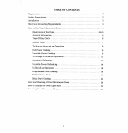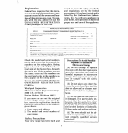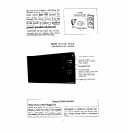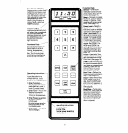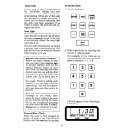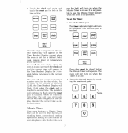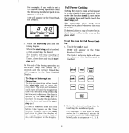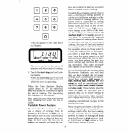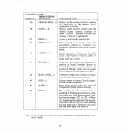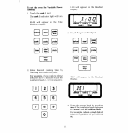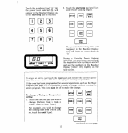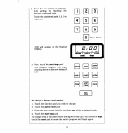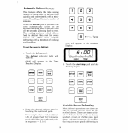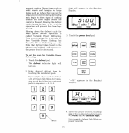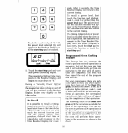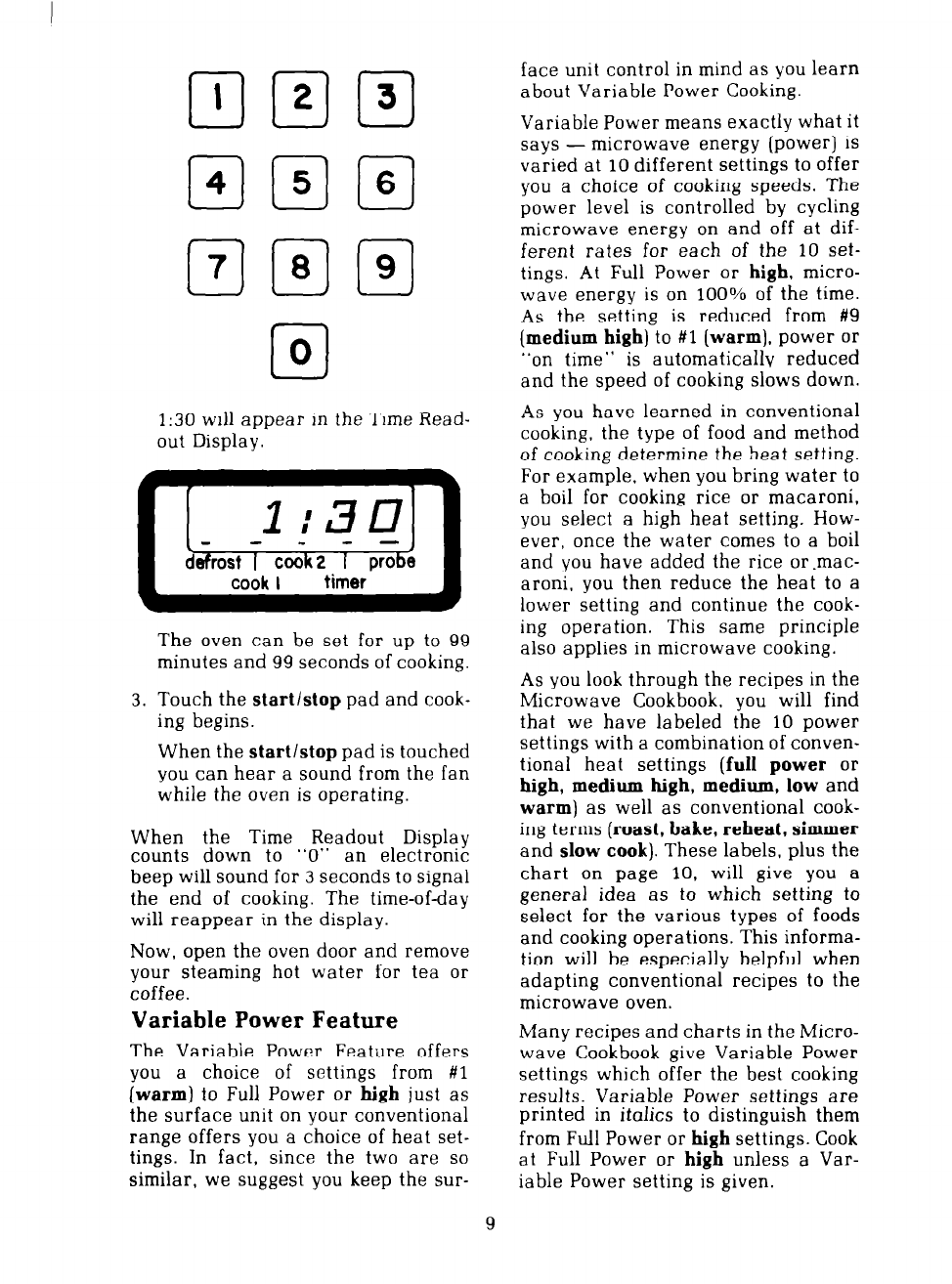
0
4
cl
5
Cl
6
EEI
0
0
1:30
will appear in the Time Read-
out Display.
The oven can be set for up to 99
minutes and 99 seconds oi cooking.
3. Touch the
start/stop
pad and cook-
ing begins.
When the
start/stop
pad is touched
you can hear a sound from the fan
while the oven is operating.
When the Time Readout Display
counts down to “0” an electronic
beep will sound for 3 seconds to signal
the end of cooking. The time-ofday
will reappear in the display.
Now, open the oven door and remove
your steaming hot water for tea or
coffee.
Variable Power Feature
The Variabie Power Feature offers
you a choice of settings from
#l
(warm)
to Full Power or
high
just as
the surface unit on your conventional
range offers you a choice of heat set-
tings. In fact, since the two are so
similar, we suggest you keep the sur-
face unit control in mind as you learn
about Variable Power Cooking.
Variable Power means exactly what it
says -
microwave energy (power) is
varied at
10
different settings to offer
you a choice of cooking speeds. The
power level is controlled by cycling
microwave energy on and off at dif-
ferent rates for each of the 10 set-
tings. At Full Power or
high,
micro-
wave energy is on
100%
of the time.
As the setting is reduced from #9
(medium high)
to
#l
(warm),
power or
“on time”
is automatically reduced
and the speed of cooking slows down.
As you have learned in conventional
cooking, the type of food and method
of cooking determine the heat setting.
For example, when you bring water to
a boil for cooking rice or macaroni,
you select a high heat setting. How-
ever, once the water comes to a boil
and you have added the rice or.mac-
aroni. you then reduce the heat to a
lower setting and continue the cook-
ing operation. This same principle
also applies in microwave cooking.
As you look through the recipes in the
Microwave Cookbook. you will find
that we have labeled the
10
power
settings with a combination of conven-
tional heat settings
(full power
or
high, medium high, medium,
low and
warm)
as well as conventional cook-
ing terms
(roast, bake, reheat, simmer
and
slow cook).
These labels, plus the
chart on page
10,
will give you a
general idea as to which setting to
select for the various types of foods
and cooking operations. This informa-
tion will be especially helpful when
adapting conventional recipes to the
microwave oven.
Many recipes and charts in the Micro-
wave Cookbook give Variable Power
settings which offer the best cooking
results. Variable Power settings are
printed in italics to distinguish them
from Full Power or
high
settings. Cook
at Full Power or
high
unless a Var-
iable Power setting is given.
9



